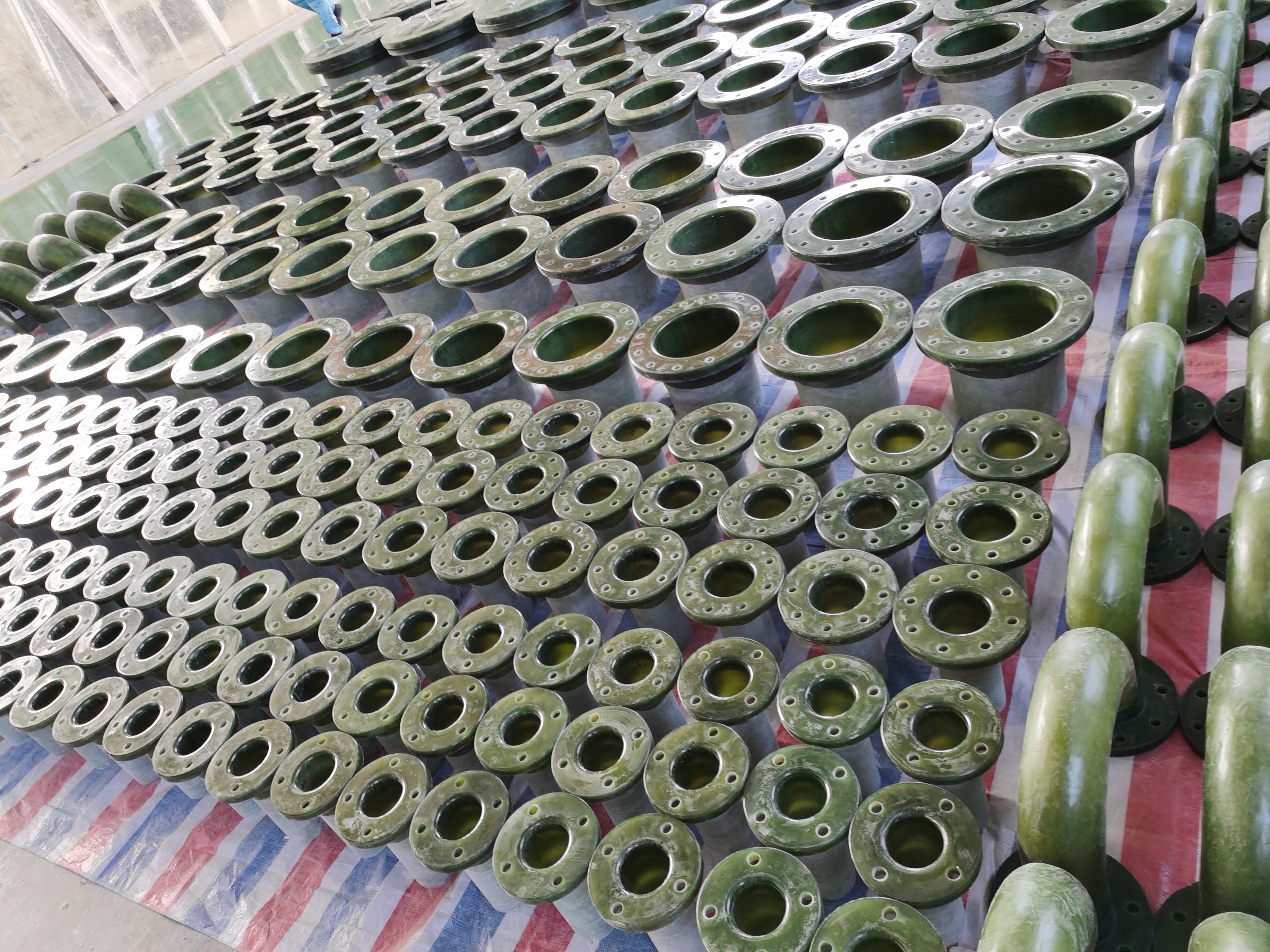
-
 Afrikaans
Afrikaans -
 Albanian
Albanian -
 Amharic
Amharic -
 Arabic
Arabic -
 Armenian
Armenian -
 Azerbaijani
Azerbaijani -
 Basque
Basque -
 Belarusian
Belarusian -
 Bengali
Bengali -
 Bosnian
Bosnian -
 Bulgarian
Bulgarian -
 Catalan
Catalan -
 Cebuano
Cebuano -
 China
China -
 China (Taiwan)
China (Taiwan) -
 Corsican
Corsican -
 Croatian
Croatian -
 Czech
Czech -
 Danish
Danish -
 Dutch
Dutch -
 English
English -
 Esperanto
Esperanto -
 Estonian
Estonian -
 Finnish
Finnish -
 French
French -
 Frisian
Frisian -
 Galician
Galician -
 Georgian
Georgian -
 German
German -
 Greek
Greek -
 Gujarati
Gujarati -
 Haitian Creole
Haitian Creole -
 hausa
hausa -
 hawaiian
hawaiian -
 Hebrew
Hebrew -
 Hindi
Hindi -
 Miao
Miao -
 Hungarian
Hungarian -
 Icelandic
Icelandic -
 igbo
igbo -
 Indonesian
Indonesian -
 irish
irish -
 Italian
Italian -
 Japanese
Japanese -
 Javanese
Javanese -
 Kannada
Kannada -
 kazakh
kazakh -
 Khmer
Khmer -
 Rwandese
Rwandese -
 Korean
Korean -
 Kurdish
Kurdish -
 Kyrgyz
Kyrgyz -
 Lao
Lao -
 Latin
Latin -
 Latvian
Latvian -
 Lithuanian
Lithuanian -
 Luxembourgish
Luxembourgish -
 Macedonian
Macedonian -
 Malgashi
Malgashi -
 Malay
Malay -
 Malayalam
Malayalam -
 Maltese
Maltese -
 Maori
Maori -
 Marathi
Marathi -
 Mongolian
Mongolian -
 Myanmar
Myanmar -
 Nepali
Nepali -
 Norwegian
Norwegian -
 Norwegian
Norwegian -
 Occitan
Occitan -
 Pashto
Pashto -
 Persian
Persian -
 Polish
Polish -
 Portuguese
Portuguese -
 Punjabi
Punjabi -
 Romanian
Romanian -
 Russian
Russian -
 Samoan
Samoan -
 Scottish Gaelic
Scottish Gaelic -
 Serbian
Serbian -
 Sesotho
Sesotho -
 Shona
Shona -
 Sindhi
Sindhi -
 Sinhala
Sinhala -
 Slovak
Slovak -
 Slovenian
Slovenian -
 Somali
Somali -
 Spanish
Spanish -
 Sundanese
Sundanese -
 Swahili
Swahili -
 Swedish
Swedish -
 Tagalog
Tagalog -
 Tajik
Tajik -
 Tamil
Tamil -
 Tatar
Tatar -
 Telugu
Telugu -
 Thai
Thai -
 Turkish
Turkish -
 Turkmen
Turkmen -
 Ukrainian
Ukrainian -
 Urdu
Urdu -
 Uighur
Uighur -
 Uzbek
Uzbek -
 Vietnamese
Vietnamese -
 Welsh
Welsh -
 Bantu
Bantu -
 Yiddish
Yiddish -
 Yoruba
Yoruba -
 Zulu
Zulu
Exploring the Benefits of FRP Walkways for Safety and Durability in Various Environments
Exploring the Innovations and Benefits of FRP Walkways
In the world of construction and infrastructure, the materials we choose can significantly influence both durability and safety. One such innovative material gaining immense popularity is Fiber Reinforced Polymer (FRP). Among its various applications, FRP walkways have emerged as an essential feature in modern architecture and construction, offering a fusion of strength, longevity, and eco-friendliness.
What is FRP?
Fiber Reinforced Polymer is a composite material made from a polymer matrix reinforced with fibers, typically glass or carbon. This combination results in a lightweight yet incredibly strong structure that is resistant to corrosion, making it ideal for environments that can be detrimental to traditional building materials, like steel and wood. The unique properties of FRP allow for greater design flexibility and have paved the way for its use in various applications, including walkways.
Advantages of FRP Walkways
1. Durability and Longevity One of the primary benefits of FRP walkways is their exceptional durability. Unlike traditional materials, FRP is resistant to chemicals, UV light, and moisture, minimizing maintenance costs and extending the lifespan of the walkway. In environments such as industrial facilities, wastewater treatment plants, and coastal areas where exposure to harsh elements is common, FRP provides a stable solution.
2. Lightweight FRP materials are significantly lighter than traditional options like concrete and metal, making them easier and cheaper to transport and install. This characteristic not only reduces labor costs but also decreases the need for extensive structural support, enabling more innovative designs where weight is a concern.
3. Safety Features One of the standout features of FRP walkways is their slip-resistant surface. Special additives can be incorporated into FRP materials to enhance traction, reducing the risk of slips and falls—a crucial consideration in wet or industrial environments. Furthermore, the non-conductive nature of FRP makes it an excellent choice for walkways installed near electrical equipment.
frp walkway

4. Environmental Impact In today’s eco-conscious world, the sustainability of building materials is more important than ever. FRP materials can be produced from recycled fibers, and their long lifespan contributes to reduced waste. Additionally, because they require less maintenance and replacement over time, using FRP walkways can lower a project's overall carbon footprint.
5. Versatile Aesthetic Appeal Beyond functionality, FRP walkways can be tailored to fit the aesthetic needs of any project. They can be manufactured in a variety of colors, shapes, and surface textures, making them suitable for everything from utilitarian paths in factories to stylish boardwalks in parks and waterfronts. This versatility allows designers to maintain a cohesive look while still benefiting from the advantages of FRP.
Applications of FRP Walkways
The applications of FRP walkways are vast. They are commonly found in industrial settings, including oil and gas facilities, chemical plants, and water treatment facilities. Their corrosion resistance makes them ideal for coastal areas where saltwater exposure is prevalent. Additionally, FRP walkways can be utilized in Recreational facilities such as parks, sports complexes, and exhibition centers, where aesthetics and safety are equally prioritized.
Conclusion
As we continue to advance in our understanding of materials and their applications, the use of Fiber Reinforced Polymer walkways stands out as an example of innovation in construction. With their remarkable blend of strength, lightweight nature, safety features, and environmental considerations, FRP walkways offer clear advantages over traditional materials. As projects increasingly demand sustainability and cost-effectiveness, the adoption of FRP technology will likely rise, setting a new standard in the development of walkways that are not only functional but also aesthetically pleasing.
In a world where infrastructure must rise to meet the challenges of climate change and evolving urban landscapes, FRP walkways represent a forward-thinking approach to building the pathways of the future. As architects and engineers continue to embrace new technologies, the potential for creating smarter, more resilient infrastructures is indeed promising.









